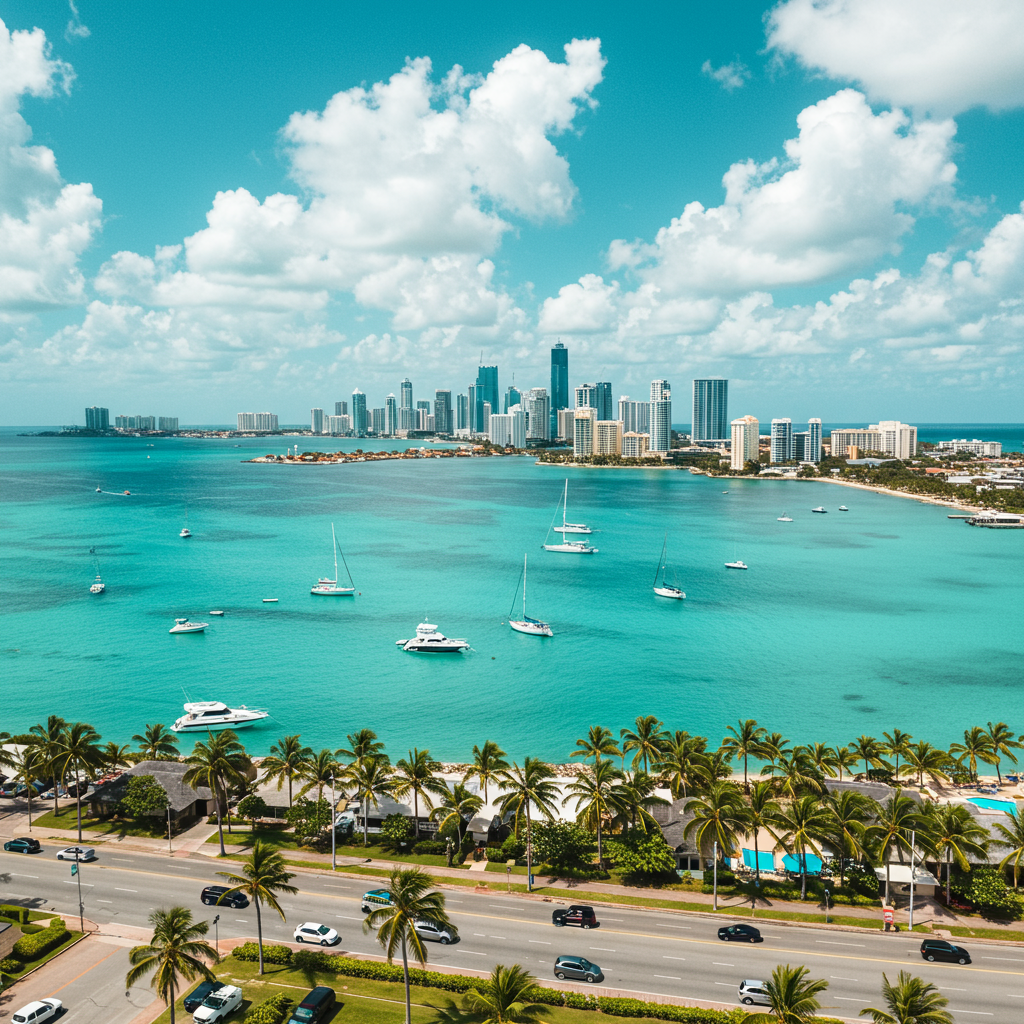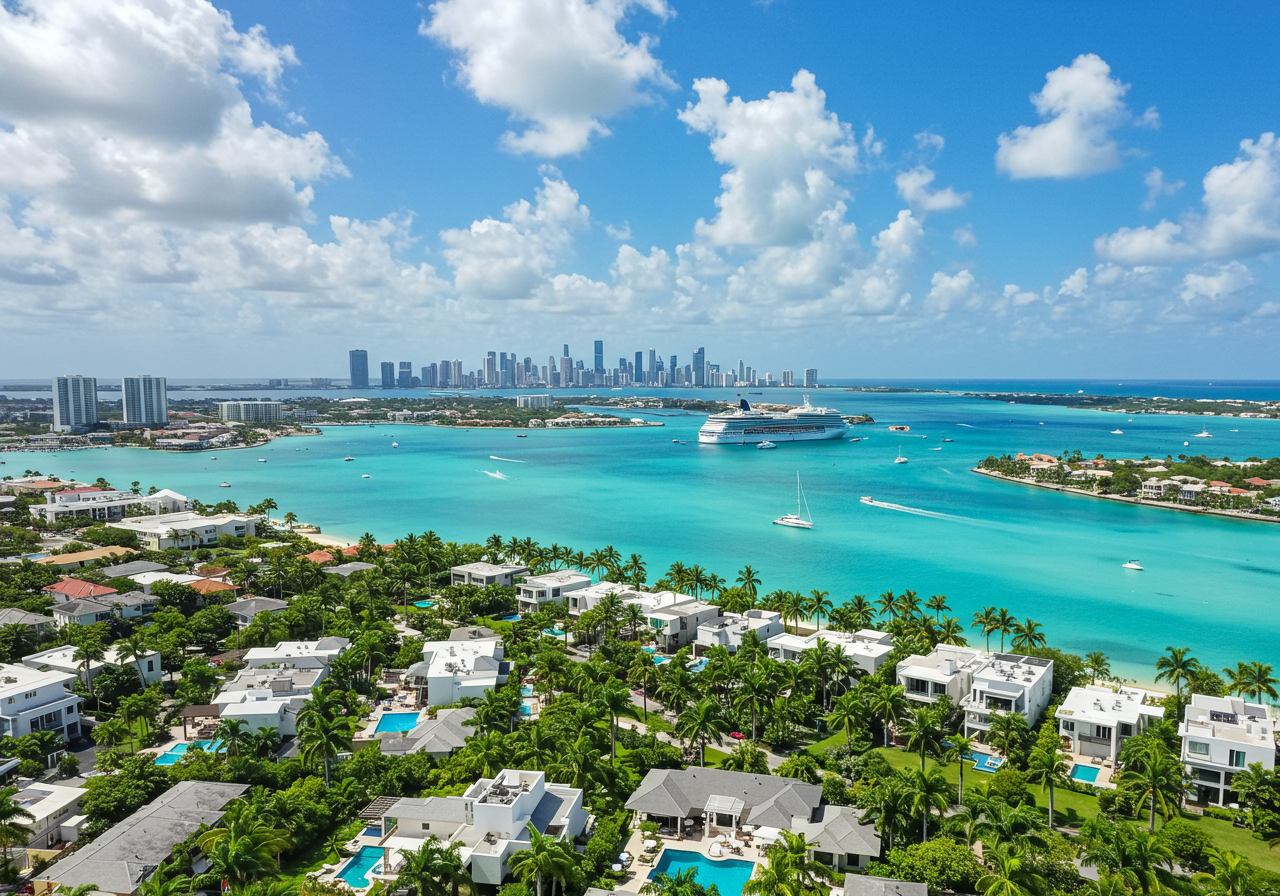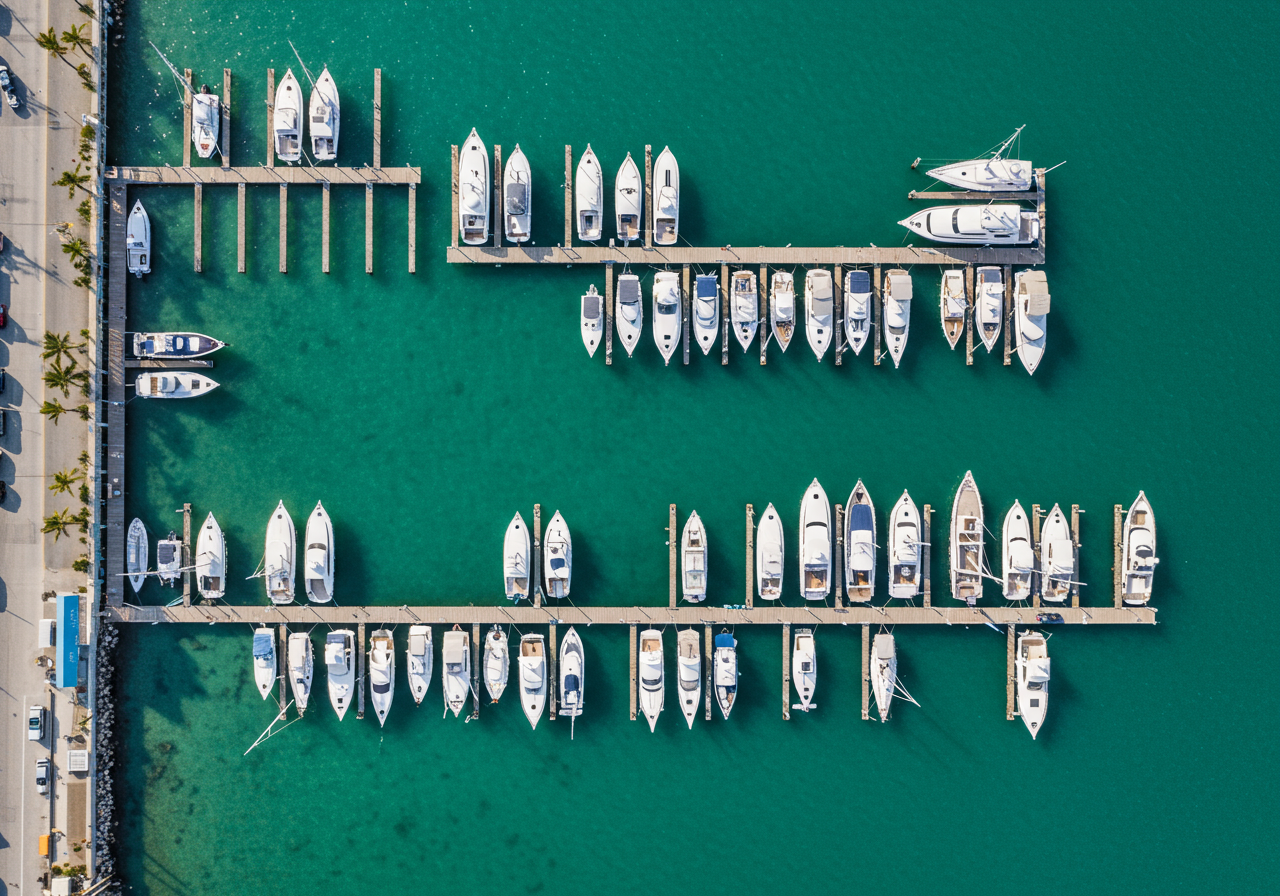Miami Beach as we know it today is the product of years of entrepreneurial vision and leadership. What was once just an island for day trips blossomed into a high-end destination for travel, recreation, and relaxation. American entrepreneur Carl G. Fisher was one of the foremost influences in the development of Miami Beach. Here’s a brief history of Miami Beach and Fisher’s largest contributions.
Before Fisher
Before Fisher dedicated himself to real estate pursuits, he was in the automobile industry in Indiana. Meanwhile, agriculturalist John S. Collins was busy laying the foundation that would become Miami Beach. He and his team cleared mangroves, built canals, and dredged the bay, so they could build Miami Beach and its associated islands.
Fisher Heads South
It wasn’t until 1914 that Fisher moved south to Miami, thanks to his involvement in the north-south Dixie Highway (which ended in Miami). At the time, Collins and his business partners were experiencing financial burdens; building man-made islands was more costly than they’d anticipated. They’d begun work on the Collins Bridge, which was intended to be a 2.5-mile long wooden bridge, connecting Miami Island to the mainland. However, due to the financial burden, Collins had to pause the building.
Knowing a good business opportunity when he saw one, Fisher offered Collins a deal: he’d pay to finish the Collins bridge, so long as he’d be awarded land on the island. The deal stuck, and in 1913, the $150K Collins Bridge was completed.
Fisher Was an Original Landowner
After completing the bridge, Fisher helped advertise Miami Beach as a tropical “playground” for the country’s northern elite. Thus began the real estate boom of the 1920s, during which, the resident population of Miami Beach grew over 400%; the rich came to relax, and the less rich came to profit off of real estate. By 1915, Fisher and his business partners all had mansions on Miami Beach, which featured three hotels, an aquarium, and the beginnings of an 18-hole golf course.
Miami Beach was a town first.
A true testament to its
real estate boom is Miami Beach’s origins as a town. The town of Miami Beach was chartered in 1915, and by 1917, it had been upgraded to a city. Fisher continued to encourage the rich to relocate from the northeast or midwest to Miami Beach.
His PR was bar none, largely thanks to his partnership with publicist Steve Hannigan. Together, the two set up the Miami Beach New Bureau, which made sure every major publication was printing photos of Miami Beach and its beautiful people. A few famous slogans included 'It's always June in Miami Beach' and 'Miami Beach, Where Summer Spends the Winter.'
Advertising was Fisher’s bread and butter. His
bicycle repair shop — which he’d opened as a teenager — was an enormous success, largely due to creative PR stunts. He rode on one of his bikes across a tightrope that connected the two tallest buildings in his hometown! Excitement sells, and Fisher knew this.
Fisher Built Islands
Once firmly planted in Miami Beach, Fisher began financing the dredging of Biscayne Bay. The man-made islands that resulted from the dredging include
Star Island, Palm Island, the Hibiscus Islands, the Sunset Islands, much of Normandy Isle, and all of the Venetian Islands (except Belle Isle). There was also
Fisher Island, which was named after — and at one point, owned by — Fisher himself. It went on to be home to the Vanderbilt family, among many other millionaires.
Fisher Built Hotels
As Miami Beach became more and more popular, the need for upscale hotels also increased. Fisher built Miami’s most
upscale hotels, which have all since been demolished. The Lincoln, Flamingo, Nautilus, and King Cole were his creations, and all of them had their own heydays.
The
Flamingo Hotel was especially popular. As the second-tallest hotel in Florida, its pink exterior and glass dome top were especially noticeable. The hotel overlooked Flagler Monument Island, and it was an ideal spot to watch boat racing. Some of the country’s richest people (like Harvey Firestone and William F. Schrafft) came to race and relax at Fisher’s hotel. The hotel eventually went on to host the Biscayne Bay Speed Boat Regatta, which drew even more attention to the Flamingo. The hotel continued to boom until 1950 when it was demolished and replaced.
Fisher Built the Miami Yacht Club
In 1924, Fisher built the
Miami Yacht Club on Star Island. At the time, it was an exclusive club for Miami’s elite to the boat, relax, and socialize. It has since been transformed into a private residence, and it was renovated in 2017. This 20K square foot estate is priced at $65M and has over 40 rooms. It includes 10 bedrooms, 10 full and 2 half baths, a wine cellar, a swimming pool, and ample acreage, both on land and sea.
Fisher’s Rise and Fall
By 1926, Fisher was worth about $100M and was one of the richest people of his time. However, his proclivity for jumping between projects, paired with the severity of the 1926 Miami hurricane and the Great Depression, left Fisher bankrupt. The once unstoppable mogul was forced to work as a handyman. He lived out the
rest of his life in a small home in Miami Beach, and he died in 1939. His legacy, however, remains evident.
Fisher’s Architectural Legacy
There are some notable preservation efforts to keep Fisher’s historic contributions alive. His
clubhouse — built-in 1916 on Fisher’s executive golf course on Dade Blvd. — is considered the “oldest public building in Miami Beach.” The City of Miami purchased the clubhouse in 1939 and then designated it as a historic landmark in 1983. The City then approved a $3.2M restoration project for the clubhouse, which began in 2019 and is ongoing. The city intends to honor the property’s integrity (and Fisher’s legacy) by using the house for the community’s benefit.
Interested in learning more about Miami Beach and its real estate potential? Contact
Jeff Miller Group today.



